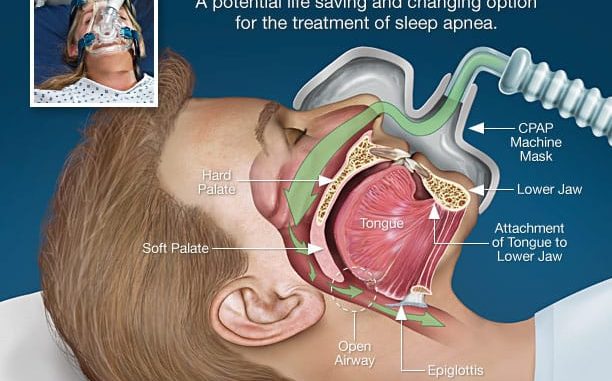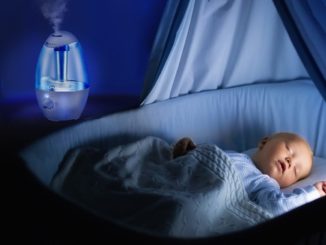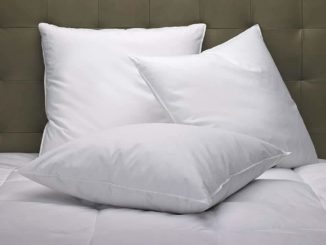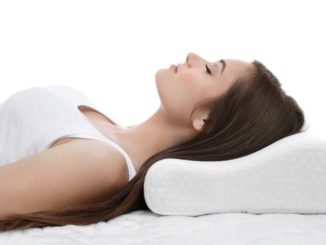
CPAP or Constant Positive Airway Pressure is a mode of artificial ventilation of the lungs with the creation of positive pressure in the airways after exhalation. Currently, CPAP-therapy is used for the treatment of snoring, sleep apnea treatment, arterial hypertension, cardiovascular diseases, daytime sleepiness, obesity, impotence, insomnia, and depression. How can CPAP-therapy cure so many diseases? It is believed that all of these diseases are closely associated with a disturbance of normal sleep.
Why is Sleep so Important?
Sleep helps the body to relax from the stress with which a person is faced every day. During sleep, hormonal regulation occurs in our body. Some hormones secrete only during sleep, and some hormones secrete only after sleep. Therefore, if sleep is impaired, it leads to a disturbance of the hormonal balance and nervous system transmitters, which ultimately causes the development of various psychological and physical diseases. The main cause of disturbance of normal sleep is sleep apnea.
Sleep apnea is an absence of pulmonary ventilation during sleep for more than 10 seconds, which is characterized by decreasing of oxygen saturation in the blood (SaO2) by 4% or more. Usually, sleep apnea lasts for 20-30 seconds, nevertheless, in severe cases it can last for 2-3 minutes. The number of episodes of sleep apnea may sometimes be up to 60% of the total nighttime sleep. Regular sleep apnea (usually not less than 10-15 times within an hour) is called obstructive sleep apnea syndrome. The main symptoms of the obstructive sleep apnea syndrome are daytime sleepiness, deterioration of memory and intelligence affecting ability to work and a constant sense of fatigue.
The main cause of obstructive sleep apnea syndrome is an obstruction of the upper airways. Obstruction of the upper airways means that air cannot get into the lungs and there is oxygen deprivation of the whole organism.
CPAP – Why is it Used?
Constant positive airway pressure (CPAP) is an effective method of treating obstructive sleep apnea syndrome. CPAP-therapy was introduced to clinical practice in 1981 by an Australian physician and Professor. Colin Sullivan for the treatment of obstructive sleep apnea syndrome.
The mechanism of action of the CPAP device is quite simple. A small compressor is used for creating constant air flow under a certain pressure in the airways during exhalation through a flexible tube and a nose mask. It is also used a humidifier that provides moisturizing and heats the air which enters the airways. This device does not allow the upper airways to be obstructed because of the constant positive air pressure and eliminates the main cause of the obstructive sleep apnea syndrome.
CPAP-therapy for patients with obstructive sleep apnea syndrome is now universally accepted. Before prescribing CPAP-therapy, a Polysomnography is required or in other words a Sleep Study. Polysomnography is a medical examination of a patient’s sleep with the use of specialized computer systems. Polysomnography allows calculating the apnea index and determining the severity of the disease.
The apnea index is the frequency of apnea episodes during one hour of sleep. Apnea index determines the severity of the obstructive sleep apnea syndrome. The apnea index is considered pathologically significant if there are more than 20 apnea episodes per hour, regardless of the presence or absence of clinical symptoms. By the way, even more than 5 attacks of sleep apnea episodes are considered to be threatening for a person with a gradual development of daytime drowsiness, memory impairment, psycho-emotional disorders, insomnia, development of cardiovascular diseases (arterial hypertension, coronary heart disease or stroke), and disturbance of cardiac rhythm.
CPAP – How is it Used?
The first session of CPAP-therapy is performed on the next night after a diagnostic polysomnography. The purpose of the first CPAP session is to select the minimum air pressure that eliminates obstructive apnea, snoring and other respiratory disturbances in all positions of the body and in all stages of sleep. During the first session of CPAP-therapy, the minimum set of parameters will be recorded: electroencephalography, electrooculography, electromyography, chest and abdominal movements, body position, snoring, electrocardiography, blood saturation. These parameters allow you to determine the work of the brain and the stage of sleep, which excludes the possibility of insufficient air pressure through undiagnosed wakefulness episodes.
The “golden rule” is to use CPAP machine every night during the entire time of sleep. Patients often follow this recommendation in severe forms of obstructive sleep apnea. In this case, there is an improvement in the quality of sleep and daytime activity. In the mild and moderate forms of the disease, the irritating effect of the mask and airflow may sometimes decrease the quality of sleep, nevertheless, there is a clear positive effect on daytime activity and on a number of other symptoms. One of the important advantages of CPAP-therapy is the absence of side effects.
Of course, sometimes in the beginning, as with any method of treatment, there may be side effects. Among the most common complaints, this may be irritation of the skin under the mask (about 50%), dryness of the mucous membrane of the nose and pharynx (about 30%), nasal congestion or rhinorrhea (about 25%), eye irritation (about 25%). However, these symptoms are not serious, they eventually disappear and do not interfere with the continuation of treatment. The use of more comfortable masks and heating moisturizers effectively eliminates all these side effects.
Also, there are some recommendations how to eliminate these unpleasant effects in the treatment:
1. To use CPAP-therapy every day during the first 4-5 hours of sleep. During this period of time, there is the deepest dream and adverse effects from CPAP-therapy do not disturb the patient. Then in the other half of sleep when the dream becomes superficial and the mask or airflow begins to interfere, the mask can be removed and slept without it. It is important to admit that the positive effect of treatment – decreasing the intensity of snoring and decreasing the number of apnea episodes continues during the rest of the night.
2. To use CPAP-therapy with short breaks for 1-2 days. It is an intermittent use of CPAP-therapy. It is recommended to use CPAP-therapy at least 70% of the nocturnal time. It is strongly recommended if there is hypertension or other cardiovascular diseases. Also, CPAP-therapy should be performed if a significant dose of alcohol or a sleeping pill was taken before sleep.
Despite the presence of such minor side effects, CPAP-therapy is the most effective method of treating obstructive sleep apnea syndrome.
The use of CPAP-therapy has made a huge contribution to solving the problem of treatment of cardiovascular disorders and other diseases and has led to a dramatic improvement of the quality and prognosis of the humans’ life.
Where to buy CPAP Supplies Online?
CPAP supplies, such as masks, machines and tubes can be purchased online through Amazon or check out CPAP.com for specialized products.
Proudly WWW.PONIREVO.COM



